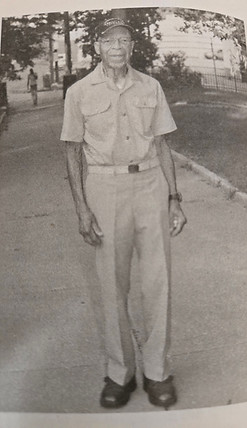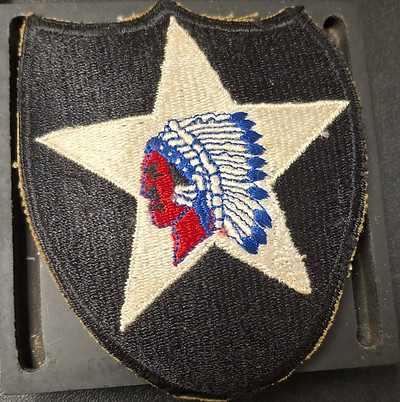Acting On Hope
WORLD WAR II BLACK AND MINORITY VETERANS
Objects At Aces Veterans Museum
Second Edition
Aces Veterans Museum

Battle Of The Bulge

Benjamin Berry, a Black soldier who fought in the Battle of the Bulge—the last major German offensive of World War II—served during the first legally integrated U.S. Army campaign. He was among the many Black troops, including the 761st Tank Battalion and over 2,500 service members who stepped up as infantry. Now on the board of the ACES Museum, Berry continues to champion civil rights, helping to place a marker for Black Civil War soldiers at Philadelphia National Cemetery and working to preserve Parker Hall.
Benjamin Berry
Homecoming
During World War II, people joined the military for various reasons—some were drafted, others volunteered out of patriotism, and many minorities enlisted to prove their right to equal treatment by fighting for their country. They believed that defeating fascism abroad could help combat racism at home. Women also enlisted, hoping to expand perceptions of their capabilities while sharing similar motivations. Despite facing segregation and limited roles, the courage of minority troops and women helped shift attitudes, leading to greater inclusion. Their service paved the way for change, culminating in President Truman’s 1948 Executive Order 9981, which ended segregation in the military.

Happy GI's Headed Home.
Carlise Military Library
Native Americans
Between 25,000 and 44,000 Native Americans served in World War II across all military branches in integrated units, with 800 Native women joining as nurses or WACs. Over one-third of Native men aged 18 to 50 enlisted—some tribes saw 70% of their population serve, the highest rate of any ethnic group. Building on a World War I strategy, the military formally launched the Code Talker Program in WWII, using Native languages to transmit unbreakable messages. General MacArthur met with Navajo, O'odham, Pawnee, and others in 1943 to formalize the program, which was declassified and honored in 1982.

Native Americans in World War II
History Motivates
This book is about the human capacity to care for others
A.V. Hankins MD FACP, a distinguished physician and founder of ACES Veterans Museum, has led efforts to preserve Parker Hall, a former Black USO site from WWII. It can inspire youth toward self-education and better health. Through ACES, Black and Minority Veterans and their families are honored. Certified Veteran Ready by PsychArmor, Dr. Hankins advocates for comprehensive medical and community care, and serving America’s veterans.
The mission: to help others and to graduate life with honors.
